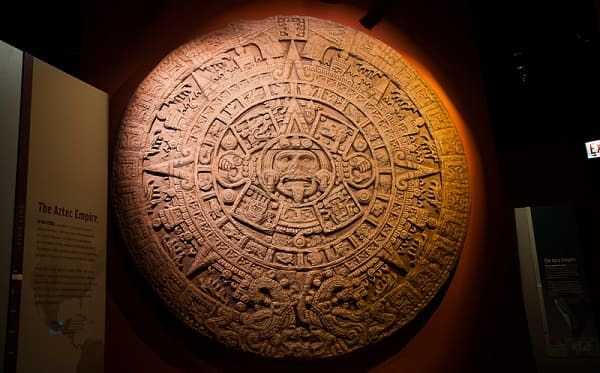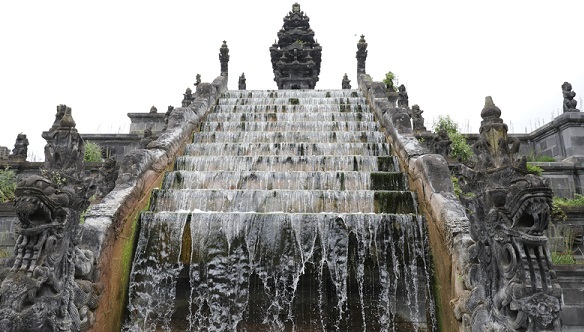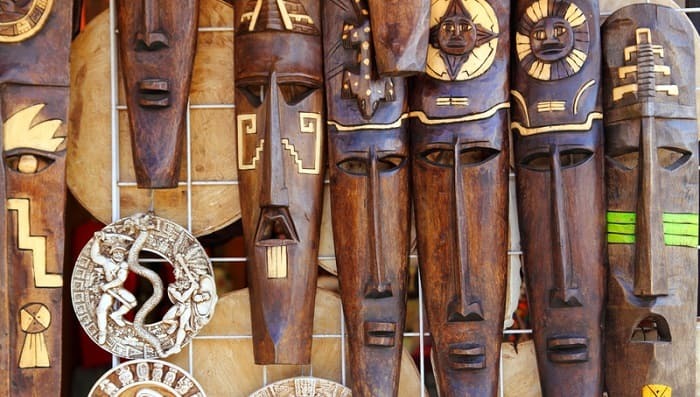

The Aztecs were a pre-Columbian civilization that flourished in the Valley of Mexico in the 14th to 16th centuries. The Aztecs are often remembered for their military conquests, but they also made significant contributions to the cultural and intellectual development of Mesoamerica. They left a remarkable legacy in the form of their remarkable architecture, art, and religious practices.

An Aztec calendar
The origins of the Aztec people are shrouded in mystery. According to Aztec legend, they originated from a place called Aztlan, which is believed to have been located somewhere in northwestern Mexico. However, there is no archaeological evidence to support this claim. Historians and archaeologists believe that the Aztecs were part of a larger group of peoples who migrated to the Valley of Mexico in the 13th century. The Aztecs eventually settled on a small island in the middle of Lake Texcoco, where they founded their capital city of Tenochtitlan.
The establishment of the Aztec Empire began in the 14th century when they formed an alliance with the neighboring city-states of Texcoco and Tlacopan. The Triple Alliance, as it came to be known, was a military and economic partnership that allowed the Aztecs to expand their territory rapidly. Through a combination of military conquest and diplomacy, the Aztecs eventually gained control of a vast empire that stretched from modern-day Mexico to Central America.

Aztech monument stairs watherfall
The Spanish conquest of the Aztec Empire was a significant turning point in the history of Mesoamerica. In 1519, a Spanish expedition led by Hernan Cortes arrived in Mexico. Cortes, with the help of indigenous allies who were unhappy with Aztec rule, conquered Tenochtitlan and overthrew the Aztec Empire in 1521. The conquest had a devastating impact on the Aztec people, as nmany were killed or enslaved, and their culture was systematically destroyed.
Aztec agriculture was incredibly advanced for its time. The Aztecs were skilled farmers who developed sophisticated irrigation systems and farming techniques. They cultivated a wide variety of crops, including maize, beans, squash, and chili peppers. The Aztecs also used a system of chinampas, or floating gardens, which allowed them to grow crops in the shallow waters of Lake Texcoco.
Aztec socio-political organization was highly centralized and hierarchical. The emperor was at the top of the social and political hierarchy and was considered a divine figure.
Below the emperor were the nobility, who held significant power and wealth. The common people were at the bottom of the social ladder and were often forced to pay high taxes to support the ruling elite.

Aztec religion was complex and multifaceted. The Aztecs worshiped a wide variety of deities, many of whom were associated with the forces of nature. Human sacrifice was an essential aspect of Aztec religion, and it was believed that sacrificing humans would ensure that the gods would continue to provide for the people. Aztec priests played a significant role in religious ceremonies and were among the most powerful people in society.
Nahuatl was the language spoken by the Aztecs and other Mesoamerican peoples, and it is still spoken by millions of people today in Mexico and Central America. The language is complex and sophisticated, with a rich literary tradition. It was an essential part of Aztec culture and played a significant role in their religion, poetry, and literature.
The Nahuatl language has a long and fascinating history. It was first written down by Aztec scribes in the 16th century using a system of hieroglyphs. However, after the Spanish conquest, the language was written using the Latin alphabet, and the Aztecs adopted Christianity as their religion.
The Nahuatl language has continued to evolve over time, and many modern varieties of the language exist today. The language has also influenced other languages, including Spanish and English. For example, the words "tomato," "chocolate," and "avocado" all have Nahuatl roots.
In conclusion, the Aztec people were a remarkable civilization that made significant contributions to Mesoamerican culture and history. The establishment of their empire, advanced agriculture, sociopolitical organization, religion, and language all contributed to their legacy. The Spanish conquest of the Aztec Empire was a tragic event that had a profound impact on the Aztec people and their culture. However, the legacy of the Aztecs continues to live on.
Q1. What was the significance of the Aztec calendar?
Ans. The Aztec calendar was a complex system used to mark time and organize religious ceremonies. It had two components: the solar calendar, which had 365 days, and the ritual calendar, which had 260 days. The calendar played a vital role in the religious and social lives of the Aztecs.
Q2. Did the Aztecs have a writing system?
Yes, the Aztecs had a writing system that used pictographs and ideograms. They also had a complex system of hieroglyphs that was used to write down religious and historical texts. However, only a few examples of Aztec writing have survived, as much of it was destroyed during the Spanish conquest.
Q3. What was the role of women in Aztec society?
Ans. Women played an essential role in Aztec society, especially in agriculture and weaving. They also had the right to own property and participate in religious ceremonies.
However, they were not allowed to hold political office, and their status was lower than that of men.